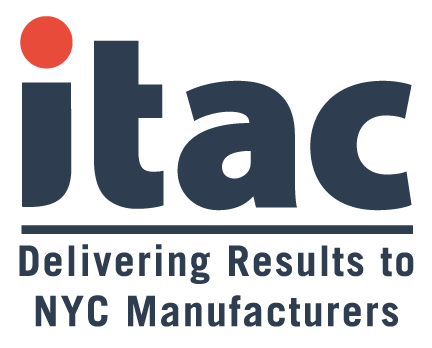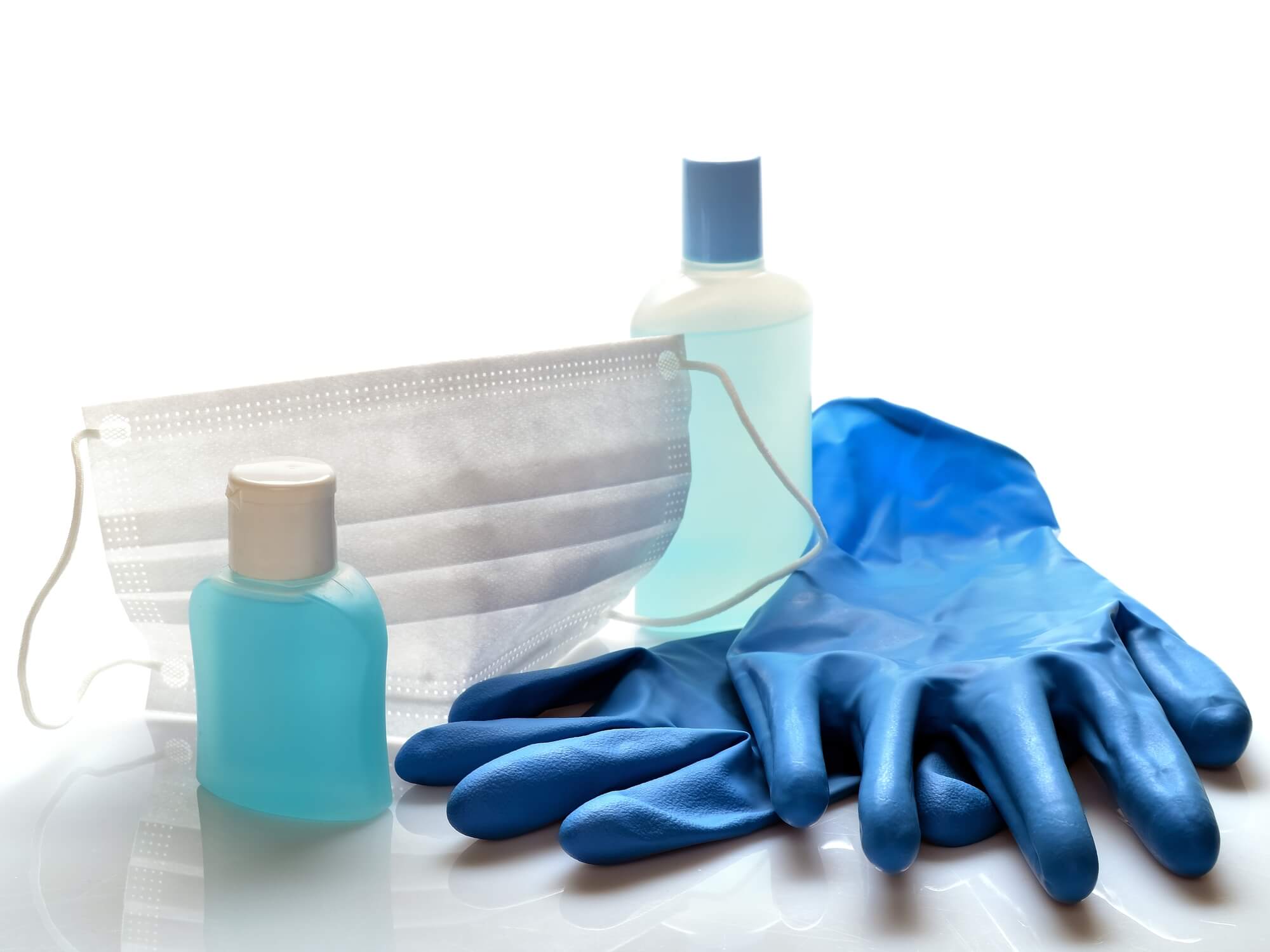The US Can Break Its Dependence on Asia’s PPE – Even though more than 60% of the world’s PPE is made in Malaysia, with the majority of the remaining supply coming from Thailand and China.
COVID-19 has forced people on the frontline such as healthcare workers and first responders to rapidly adapt to new safety protocols and use large volumes of personal protective equipment (PPE), including masks, gloves and ventilators.
As a result, countries around the world are burning through an unprecedented quantity of PPE. Frankly no country was prepared to consume this quantity of PPE at such a rate, but the United States now finds itself in a drastically insecure sourcing situation. It has been heavily dependent on Asian manufacturing to resupply its PPE stockpile as the United States has limited means of actually producing PPE domestically—thereby positioning itself to fall victim to stockpilers and price gougers as the need for medical-grade equipment becomes more dire. At the same time, there is no easy process for government agencies and organizations in need of PPE and domestic manufacturers who supply it to find one another.
With demand for PPE sky high and U.S. stockpiles at bare minimums, The Centers for Disease Control and Prevention (CDC) in April released a PPE burn rate calculator to help frontline workers preserve what they have in their inventory for as long as possible. Meanwhile, many Asian manufacturers, middlemen and stockpilers continue to price gouge at levels upwards of 1000% above fair value while individuals sick with the virus ultimately pay the price.
While the short-term reality presents sourcing and pricing challenges, it simply underscores the fact that the U.S. must begin ramping up investment in domestic manufacturing.
An Issue of Global Sourcing
In late July, FEMA Administrator Peter Gaynor said that the US is still months away from meeting demand for PPE, adding that as cases rise, demand also rises. Gaynor noted there is a stiff global competition for PPE and that “we’re not going to buy our way out of this.” Administrator Gaynor’s comments contrast the widely held belief that when supply dries up, we can simply buy more. Unfortunately the scope of COVID-19 around the world has dried up nearly all PPE wells and proven that the US must find new sources.
The flipside also holds challenges; as we open up the economy, PPE needs rise as well. Schools moving forward with in-person learning this fall require PPE gloves and masks for school nurses and other staffers. The same holds true as consumers return to stores and other venues.
All of this takes place at a time when less than 1% of the total global supply of PPE is actually made in the United States. More than 60% of the world’s PPE is made in Malaysia, with the majority of the remaining supply coming from Thailand and China. When the entire world is in high demand for a product that is concentrated through the bottleneck of these east Asian countries, it puts nations like the U.S. in a severely disadvantageous position of paying for a low-supply (and at times low quality) product at a highly inflated cost.
Not only is the existing supply/demand curve highly skewed, but the demand for PPE is projected to grow an additional 7.8% compound annual growth rate (CAGR) each year for the next five years through 2025—further tipping the scales in favor of the nations which already have PPE manufacturing operations in place.
The preexistence of large-scale PPE manufacturing in Asia has made PPE an inelastic product—nations like the US who are in desperate need have few alternative options for where they can buy it. And while options do exist, there often isn’t the time to conduct exhaustive searches to find them. When an inelastic product exists, prices will inherently rise to the chagrin of the buyer, but it does not have to stay that way. The product can be made elastic and thereby competitive with the emergence of new suppliers. This is where the United States can disrupt the current supply-demand curve and ultimately dig itself out of economic imbalance.
The Rise of Domestic PPE
Despite the current lack of large-scale PPE production in the United States, efforts are underway to both ramp up and augment these existing manufacturing efforts to keep US frontline workers safe. There are producers of domestic PPE in the United States that are working diligently to produce at their highest possible capacity while also expanding productions; however, immediate demand is not the only concern worth addressing.
This poses a separate obstacle: differentiating between established, credible PPE manufacturers with the infrastructure and resources to fulfill contract orders from opportunistic “entrepreneurs” propping up PPE companies almost overnight to try and capitalize on available funds.
American PPE stockpiles are also at bare minimums, meaning that if a new widespread outbreak were to occur, the US would be further in jeopardy with nowhere to turn. This is why the time to rebuild the US PPE reserve is now. Utilizing all of the PPE we can buy without reserving any for future outbreaks will mean that when the next outbreak occurs, it will already be too late.
Efforts to support domestic manufacturing of PPE are already underway from both sides of the aisle. Ohio Senator Sherrod Brown recently introduced a bill that would increase the US stockpile of personal protective equipment, as well as allow for quick ramp up of American-made supplies to protect against future emergencies. South Carolina Senator Lindsey Graham also recently introduced legislation to bring PPE supply from China back to the US. Ultimately, these government-directed initiatives aim to lessen US dependence on foreign manufacturing while also lessening the domestic demand for PPE.
As the pandemic stretches on, U.S. frontline workers will need the support of domestic manufacturers to keep citizens safe and healthy. We can rise to meet this unprecedented challenge if we focus now on fortifying our ability to respond to COVID-19 and future outbreaks like it and that starts by producing and buying American personal protective equipment.
This insight is from Industry Week. You can read the full article here.
Looking for other insights? Check out our News & Events page.






